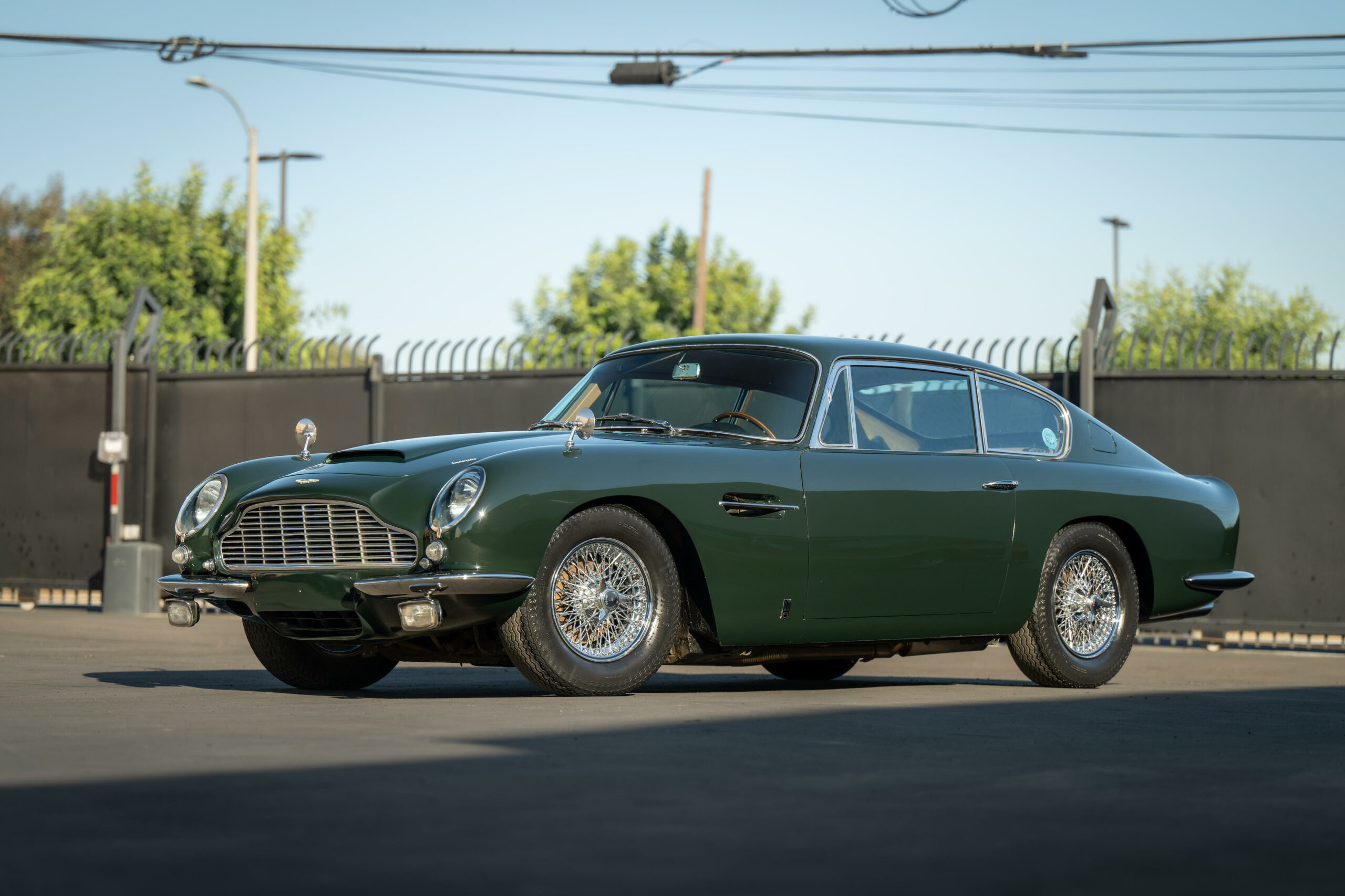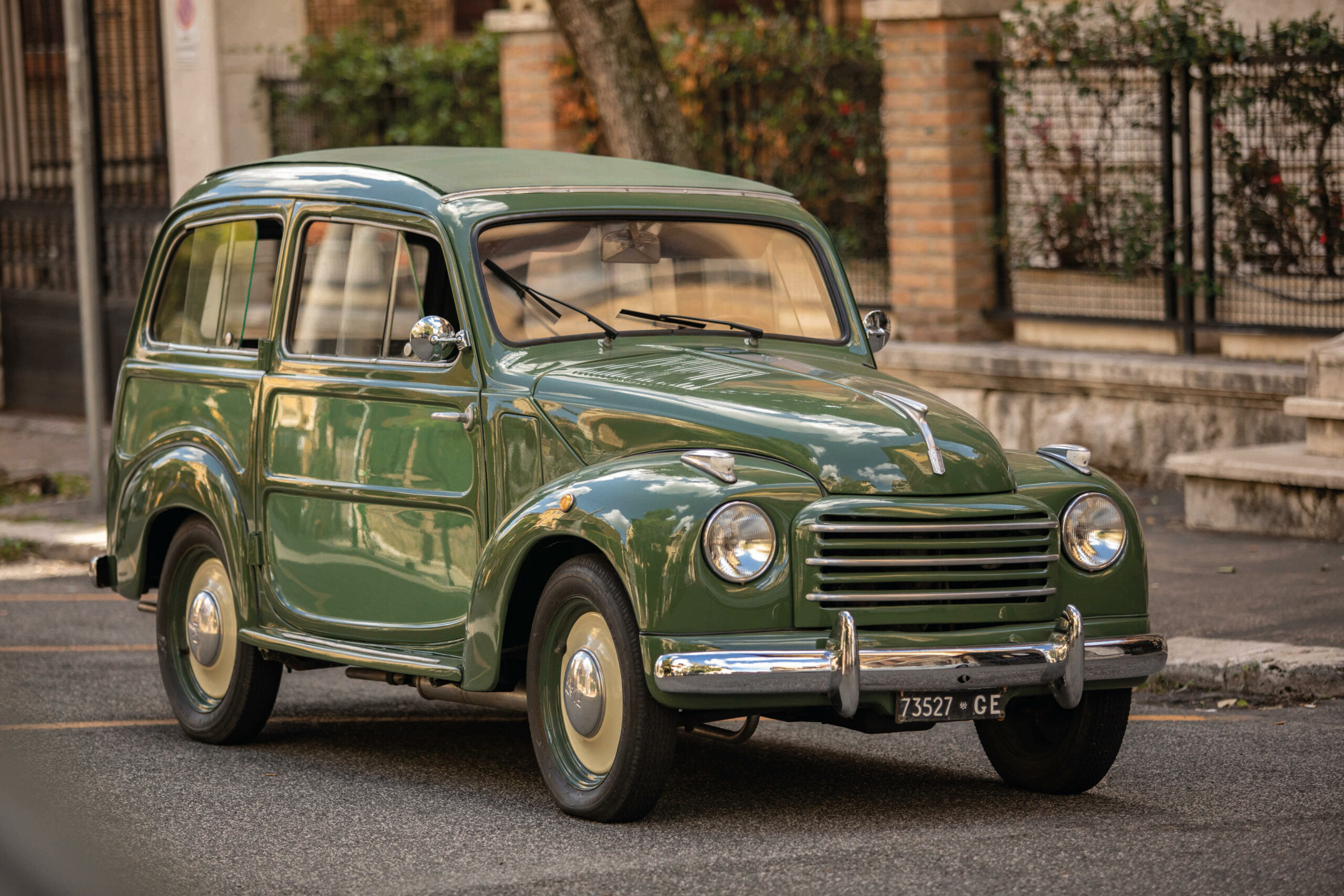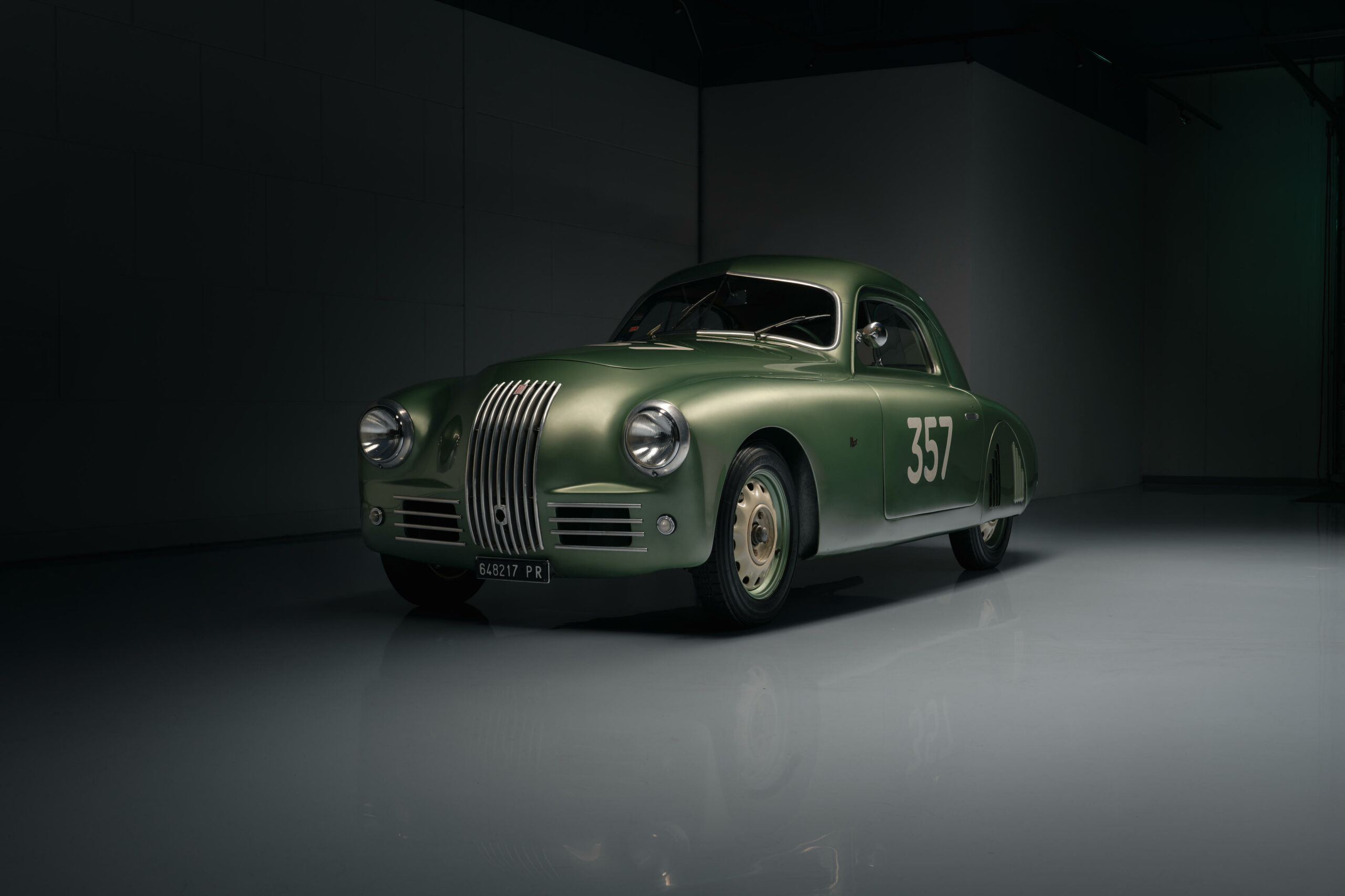Categories
- 1910s
- 1920s
- 1930s
- 1940s
- 1950s
- 1960s
- 1970s
- 1980s
- 1990s
- 2000s
- AMC
- Aston Martin
- Autobianchi
- Bentley
- BMW
- Bristol
- Buick
- Cadillac
- Chevy
- Chrysler
- Citroen
- Classic Cars
- Classic Hot Rods
- Classic Muscle Cars
- Classic Sports Cars
- Cunningham
- Davis
- Duesenberg
- Edsel
- Facel Vega
- Ferrari
- Fiat
- Ford
- Ghia
- Hillman
- Hudson
- Jaguar
- Kaiser
- Lamborghini
- Luxury Car
- Maserati
- Mercedes-Benz
- Moretti
- Packard
- Panhard
- Plymouth
- Porsche
- Reliant
- Rolls-Royce
- Studebaker
- Toyota
- Uncategorized
- Vespa
- Volvo
- Wolseley
The history of Fiat, or Fabbrica Italiana Automobili Torino (Italian Automobile Factory of Turin), is a testament to the role the company has played in shaping the automotive industry in Italy and beyond. Founded in 1899 by a group of Italian investors, including Giovanni Agnelli, Fiat quickly established itself as a pioneer in automobile manufacturing.
Fiat’s first car, the Fiat 4 HP, was introduced in 1899. This small, lightweight vehicle was powered by a two-cylinder engine and became one of the first commercially successful automobiles in Italy. It set the stage for Fiat’s future as an automaker.
In 1902, Fiat expanded its production capabilities with the opening of the Lingotto factory in Turin, which featured a rooftop test track—an engineering marvel of its time. The Lingotto factory was a symbol of Fiat’s commitment to innovation and advanced manufacturing techniques.
Throughout the early 20th century, Fiat produced a range of cars, including compact models like the Fiat 500 “Topolino” and larger, luxurious models like the Fiat 509. The company’s reputation for reliability and affordability contributed to its popularity both in Italy and abroad.
In the post-World War II era, Fiat played a significant role in the economic reconstruction of Italy. The Fiat 600, introduced in 1955, became a symbol of the country’s economic recovery and contributed to the mobility of Italian families. The Fiat 500, introduced in 1957, was another iconic model that achieved global recognition for its compact size and affordability.
Fiat’s commitment to motorsport was evident in its success in rallying and Formula One racing. The Fiat 131 Abarth and the Ferrari-powered Fiat Formula One cars were notable examples of Fiat’s racing heritage.
Fiat expanded its reach through mergers and acquisitions in the 1960s and 1970s. The acquisition of Lancia and the formation of the Fiat Group further solidified Fiat’s presence in the European automotive market.
In the 1980s, Fiat introduced innovative models like the Fiat Uno and the Fiat Panda, which combined practicality, efficiency, and affordability. The Fiat Tipo, introduced in the 1990s, was a well-received compact family car.
Fiat also collaborated with other automakers, including Chrysler, leading to the formation of Fiat Chrysler Automobiles (FCA). Under FCA, Fiat expanded its global presence, with models like the Fiat 500 becoming popular in the United States.
In recent years, Fiat has focused on producing small cars, including the modern Fiat 500 and the Fiat Panda, while expanding its lineup to include crossovers and electric vehicles.
Fiat’s legacy is characterized by its ability to produce affordable and practical vehicles that cater to a wide range of customers. The brand has a rich history of innovation, manufacturing excellence, and cultural significance in Italy, reflecting its enduring presence in the global automotive landscape.







